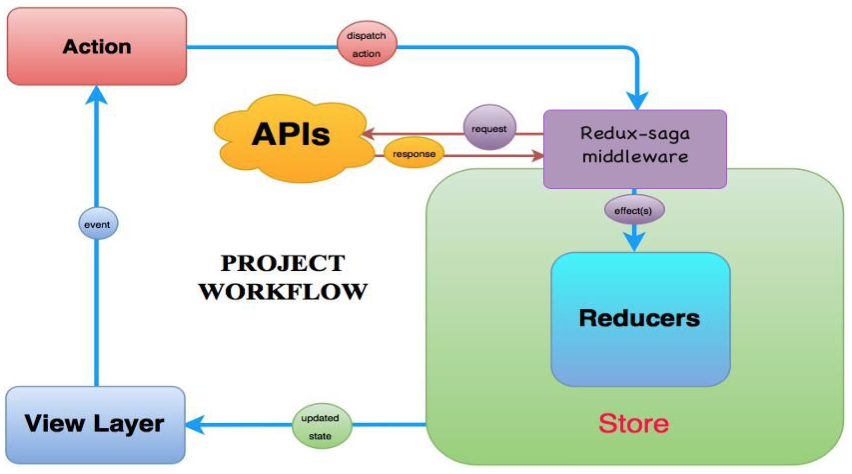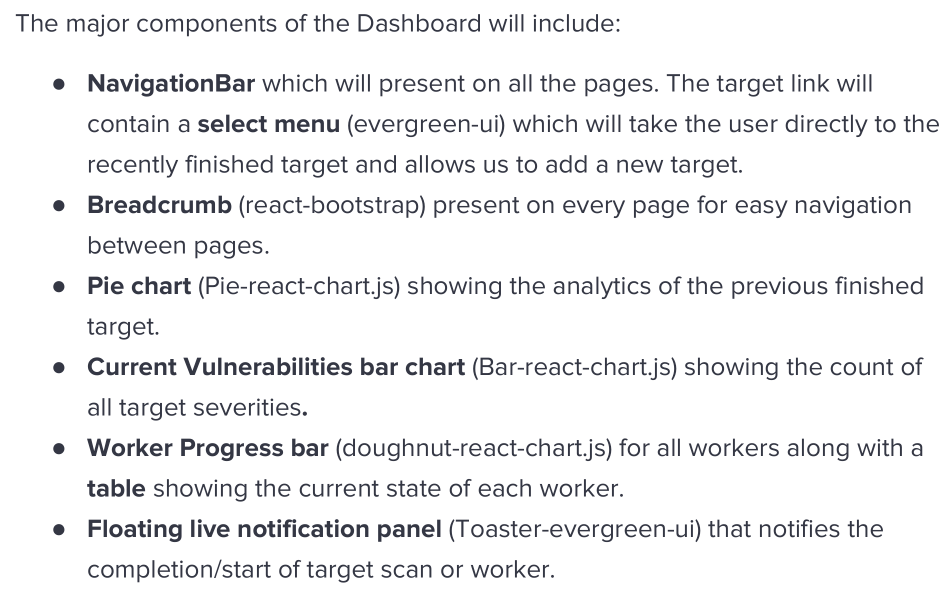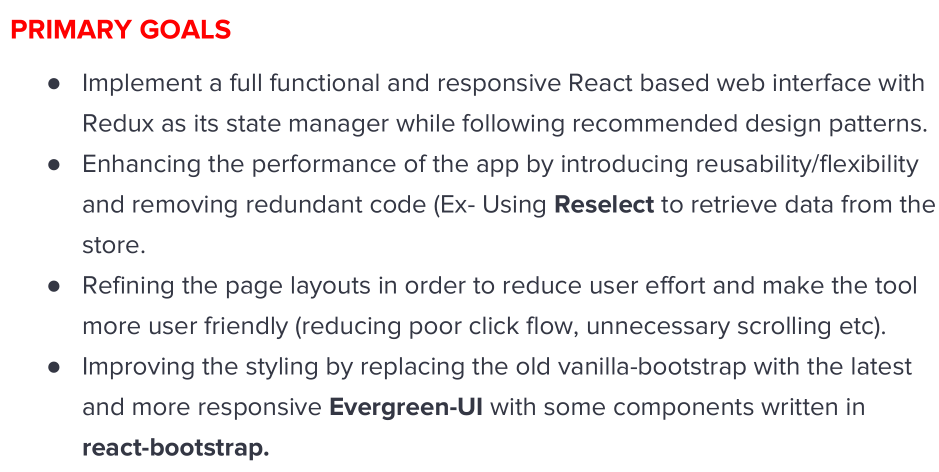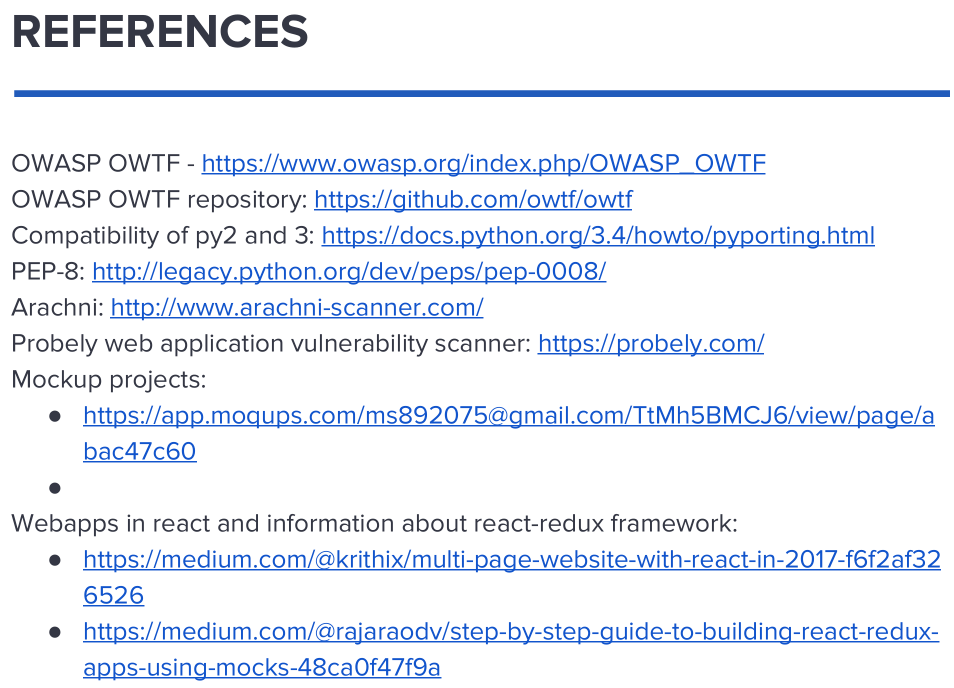This post is a continuation of How to Write a Winning Proposal, Lessons from Mohit Sharma For Business & GSoC [1/2], so if you missed that, start there. 🙂
This is by far one of the finest proposals OWASP OWTF received for GSoC. I hope you find these tips useful and most importantly help you to get accepted as you apply them 🙂

Fig.: OWASP OWTF Logo
Important Steps to Write a Winning Proposal (continued):
Some of the key factors you should keep in mind while composing a winning proposal are:
Tip #10: Proper classification of ideas
Order, placement and categorization of the sub-ideas at relevant spaces are recommended. Logical grouping and splitting of the project into phases are critical strategies in forming a formidable proposal. When stuck on this point ask yourself Heilmeier’s infamous question: “What are the risks and the payoffs?”.
Leveraging diagrams to convey what you mean can be helpful here, ideally diagrams should be your own but occasional third party diagrams (i.e. for a library you plan to use) can also be helpful, this is an example on Mohit’s proposal:

Fig.: Diagram to convey the categorization of ideas
Tip #11: Make structured sub-sections
Concepts that are mixed and scattered without structure should be avoided. The primitive idea should be broken down into smaller sub-ideas, tasks and steps. In short: Break it down and show that you have a plan. A title for each of these representative ideas is advised. Here is an example from Mohit’s proposal:

Fig.: Sub-sectional representation
Tip #12: Pick an easy approach
Double-check that the approach you have chosen is reasonable and with a high likelihood of being successful. While you do this, ensure that the concepts of the proposal are easy to follow, and that they match the sub-sectioned titles. When working on this point ask yourself Heilmeier’s relevant question: “What’s new in your approach and why do you think it will be successful?”. For example, in Mohit’s proposal he suggested to leverage a number of JavaScript libraries and clearly defined the deliverables:


Fig.: Deliverables leverage existing mature libraries = higher chances of success
Tip #13: Set reasonable timelines
Unclear timelines/milestones for a mentioned proposal might be declined approval. A believable timeline matches the project phases and is reasonable and achievable. A proposal is a plan to implement your project. A very important part of that plan is the timeline which must be reasonable and clearly define how you will break down that project into date periods. A logical breakdown of a project into smaller tasks also shows you understood the project, you have a plan and therefore you are more likely to succeed. In this phase of your proposal ask yourself Heilmeier’s famous question: “How long will it take?”
Similarly in Mohit’s case, the timeline takes almost 2 pages: 22 and 23, and includes working on his project during the community bonding period (i.e. starting before the official start), showing a very strong commitment:

Fig.: Project Timeline Excerpt from Mohit’s Proposal
Tip #14: Provide deadlines you are confident you can meet
Maintaining deadlines is a sign of professionalism. It creates an immensely significant impression when someone achieves their pending tasks in a given span of time, and, is always prepared for submission or presentation of their ideas. This is another reason why your timeline must be reasonable.
A very smart thing to do here is to always leave some padding for the unexpected, because every project faces some bumps here and there.
Unreasonable deadlines may cause rejection as they make the timeline hard to believe. Therefore, it is important that you are confident of what you are creating, confidence is the ultimate key to success.
A useful compromise here can be to set primary and secondary goals, where your timeline includes the primary ones, and secondary goals will be addressed later if time allows. This is brief snapshot of the top primary goals in Mohit’s proposal applying this technique:

Fig.: Set primary and secondary goals to ensure you meet your deadlines
Tip #15: Grammatical accuracy is a must
Try to avoid typing mistakes and grammatical errors in your proposal. Attempt to write in clear, relatively short sentences to establish points. You can run your project through a spellchecker (such as Grammarly or Spell checker) to make sure there aren’t any unwanted spelling mistakes in your proposal. To check the authenticity of your proposal you can run it through a plagiarism checker (such as Copyscape and SEO Small Tools). In other words, the proposal should be easy to read and comprehend, it should be pleasing to the eyes of the reader. Here is an example of a grammatically correct paragraph from Mohit’s proposal.

Fig.: Grammatically correct Excerpt from Mohit’s Proposal
Tip #16: Always re-check
Proper use of punctuation is imperative. The creator must be self-critical while reviewing their work. Leave behind no reason for anyone to point out mistakes in the proposal. After you finish your proposal, go through it at least twice. Also, get someone else to see it, a different perception can make a positive difference at times.
Tip #17: Avoid misusing bullet-points
Avoid too little or too many bullet points while framing the proposal. It is likely to be rejected almost every line is a bullet point or if you just have “walls of text” with no bullet points at all. Don’t use more or less bullet points than required. Too much or too little of anything isn’t good. Use bullet points with care in the proposal. You can choose to use it wherever you deem fit, but, apart from that don’t over-use it. Here is an example from Mohit’s proposal which reflects the correct use of bullet points where needed.

Fig.: Correct Use of Bullet-Points from Mohit’s Proposal
Tip #18: Use valid references
Do your homework! Reviews are a must inclusion. For instance, lack of references, solutions, tools and libraries will render the proposal unprofessional and unacceptable. Do a thorough research and include the important points in the proposal as examples for the reviewers to compare. Showcased below is a section from Mohit’s proposal where he has provided a detailed list of references. This tends to create a good impression as it hints towards the fact that you have conducted thorough research for your proposal.

Fig.: Comparative sources
Tip #19: Review before submission
Always crosscheck the proposal with editors before settling with the final draft for submission. To get a general overview of your proposal you can ask your close friends and family for advice, this will help you realise whether your proposal is understandable for the masses and is jargon-free. However, if you are looking for advice to better your proposal, focus on finding someone who has prior knowledge in this field. An expert can review your work and guide you properly. Make sure they understand the content and the plan depicting the aim. The proposal should start with a complete overview of the project.
In conclusion, I truly hope that you find the above-mentioned points useful. Mohit’s proposal is undoubtedly the finest in its category and absolutely worthy of recommendation and expo. If you are interested in learning how to write a winning proposal this blog post will surely help you achieve it. In this blog, I have shared with you certain tips to write the best proposal ever! Implement the tips in your proposal and make it shine, all the best!
Follow Mohit on Twitter @ms892075
Learn more about OWTF OWASP_OWTF

